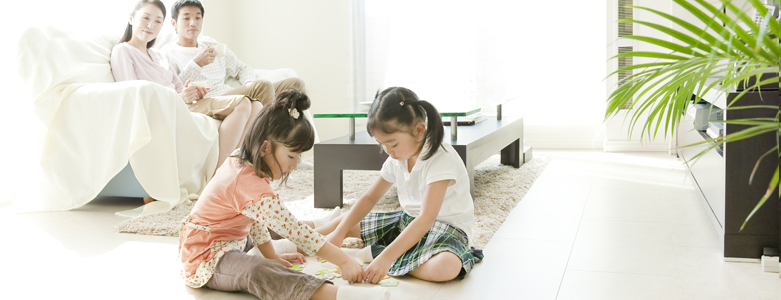Protect Your Family From a Silent Threat—with a Carbon Monoxide Alarm

Carbon monoxide is a colorless, tasteless, and odorless toxic gas that can be deadly in a matter of hours. Keep your family safe by using a carbon monoxide detector which can alert you to its presence. A carbon monoxide alarm installed by Seider Heating, Plumbing & Electrical can add a new dimension to your comfort—namely peace of mind—with its ability to detect and alert your family when dangerous levels of carbon monoxide are present. The alarm automatically alerts you with a loud beeping noise.
Safety and Preventive Measures
Carbon monoxide can be produced by fuel-burning appliances like a space heater, water heater, oven, or furnace and is normally vented outside your home. Problems occur when an appliance malfunctions, a chimney or vent is blocked, or because of other situations. Note that problems can occur even if all your appliances are working properly.
If your detector is more than seven years old, we recommend you replace it. Additionally, if you have any fuel-burning appliances on more than one level of your home, you should have a carbon monoxide detector on each floor. Although fuel-burning appliances are generally safe to use, a clogged vent line may cause the release of carbon monoxide in your home.
With Sedier’s battery-operated detectors, you can count on uninterrupted protection should the power go out.
Don’t ignore the alarm if it beeps!
Experts say that the beeping should never be ignored—especially if anyone in your home is experiencing flu-like symptoms (note that symptoms can be delayed).
If no one in your home is showing signs of carbon monoxide poisoning: Turn off any gas-fired appliances and open all the windows for fresh air and move outside. Reset the carbon monoxide detectors once your home is fully ventilated. If an alarm sounds again, call your fire department. They’ll let you know when it’s safe to re-enter your home.
If people in your home are experiencing flu-like symptoms: Call 911 and go to a hospital immediately. Do not return home until emergency services or the fire department says it’s safe.
